A world-famous tourist resort north of Agios Nikolaos, with lacy, windless sandy beaches, crystal clear…
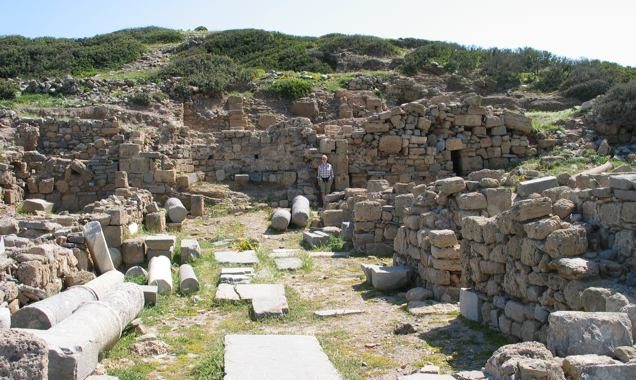
Ancient Itanos
Itanos is a city-harbour located 9km far from Palekastro village, Eastern Crete. The site had an important maritime role as revealed by Herodotus. The author mentions the significance of the city in the Greek colonization of Cyrene in Lybia. The archaeological record shows that the site was occupied from the 10th c. B.C. to the 6th c. AD. No evidence of Bronze Age activity has been found so far, despite the island’s strong role in the Mycenaean and Minoan periods.
Earlier excavations focused on the urban centre of the city, and the University of Brussels has been conducting fieldwork in the North Necropolis since 1996. The recent campaigns in this zone brought to light a densely occupied cemetery dated to the Late Classical and Hellenistic periods (4th–1st c. BC), and early funerary activity, with pits, dated to the Geometric – Orientalizing periods (8th and 7th c. BC). The project funded by the Foundation will concentrate on a partly excavated building in this zone, dated to the late 7th-6th c. B.C., a period when, on current evidence, the cemetery does not appear to have been in use. The material assemblage associated with this architectural complex suggests that it was used for communal feasting. The importance of this structure for the understanding of the social organization and funerary practices in Archaic Crete is vital since it is the only known example of communal activity in a cemetery during a period (the 6th c. B.C.) for which there is a lack of evidence on burial customs or funerary rituals in Crete.
Further excavation of the building and surrounding area is needed to complete the plan of the architectural complex and to better understand its function and the nature of the surrounding structures, unearthed during the 2011 and 2012 campaigns. The study of the material yielded by the on-going excavations will shed further light on both the activities performed in this area and on the social identity of the group that met and commemorated in this place.
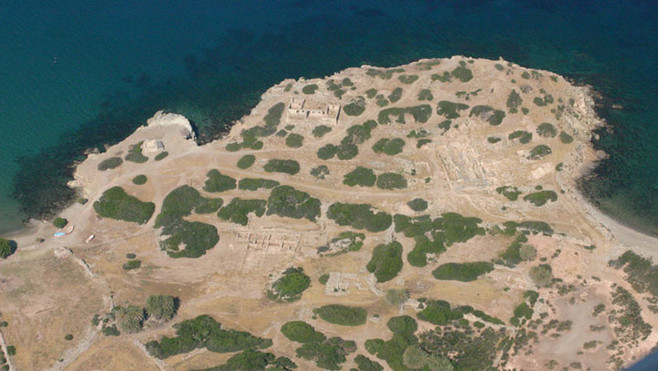
Itanos flourished in the historic Greek and Roman period. It was established in the Prehellenic period. Itanos became powerful and wealthy from conducting trade with Syria, Palestine and Libya. The city had its own coins and buildings covered with marble.
The temple of Dictaian Zeus at Palekastro belonged administratively to the city of Itanos and that was the reason of the constant wars between Itanos and two other cities, Pressos and Ierapytna, that wanted to take the temple under their rule. The city was inhabited until the 15th century AD when the pirates forced the inhabitants to move to the hinterland of Crete.
For the past 7 years, a coalition of European researchers has been studying the archaeological site of Itanos from various archaeological, environmental and geophysical aspects. The project, supervised by the Institute of Mediterranean Studies, the French School of Archaeology and the Technical University of Crete, has integrated a number of surveying techniques for accessing the archaeological and environmental parameters of the wider archaeological region.
The Necropolis - Cemetery
Ancient Itanos Photo Gallery
Itanos: The beaches and the area
Next to the archaeological site of Itanos there are the three consecutive bays of Itanos or Ermoupolis (a second name of the region). Thus, you can combine your visit to the archaeological site with a dip in the cool waters:
Itanos Beaches
Itanos beaches are located 2 km north from Palm beach Vai, 8 from Palekastro and 26 from Sitia. The sandy…
A lot of people combiine their visit to Palm Beach of Vai to visit this significant site as well. A short drive south of the relatively isolated bays and beaches of Itanos (2 km) you find Palm Beach of Vai:
Vai Palm Beach
Palm Beach Vai beaches are located 25 km from Sitia and 7 km far from Palekastro Village. The combination of…
8 km far from Itanos is located the famous Toplou Monastery:
Toplou Monastery, Sitia
Toplou Monastery (Greek: Μονή Τοπλού) is a 15th-century monastery located in a dry and barren area in the Lasithi regional…
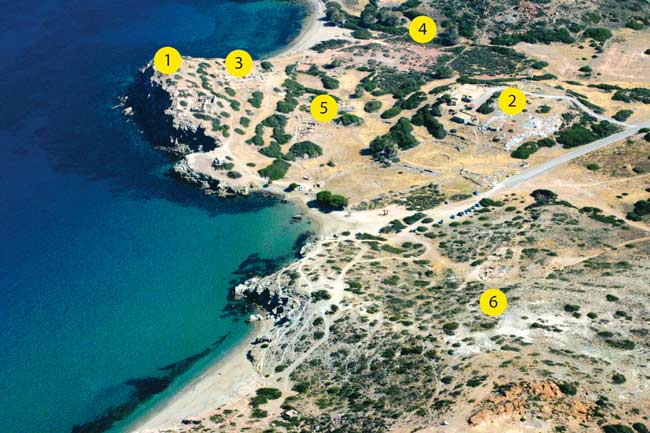
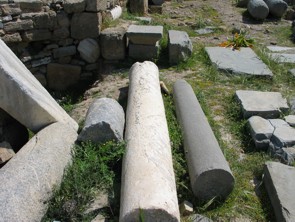
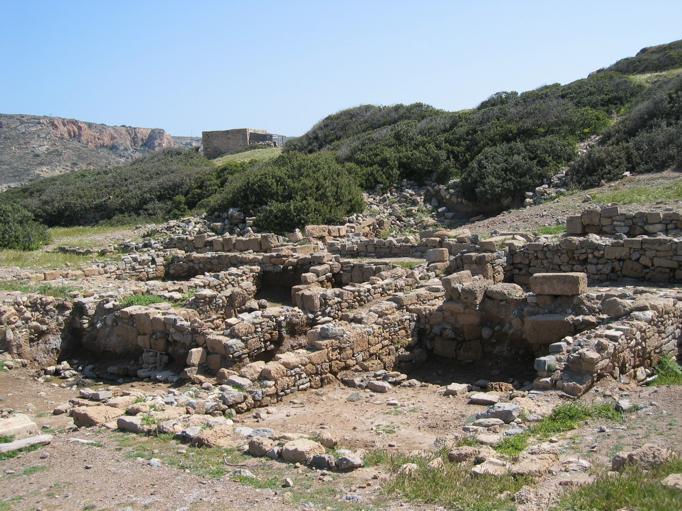
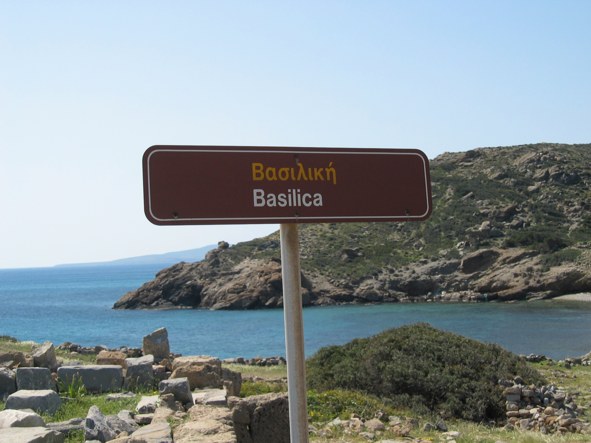
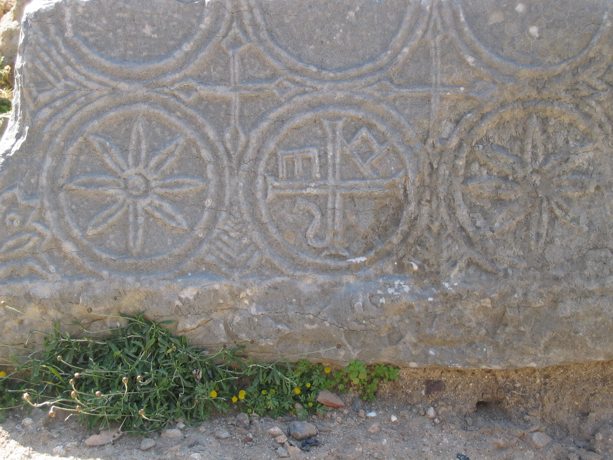
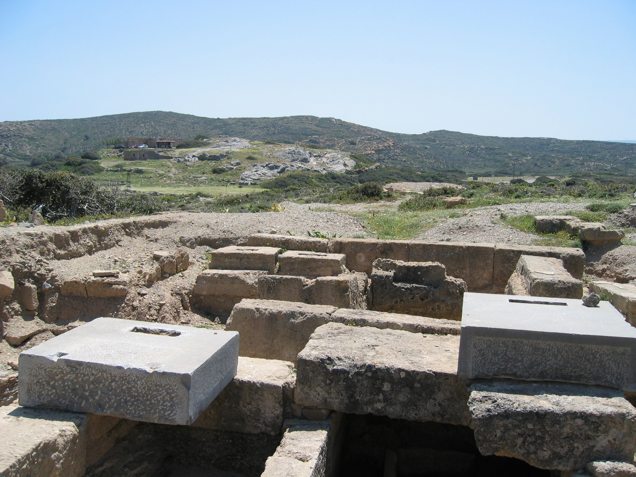
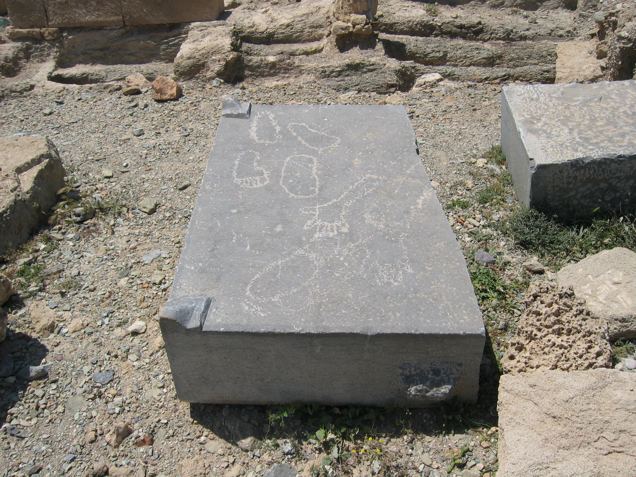
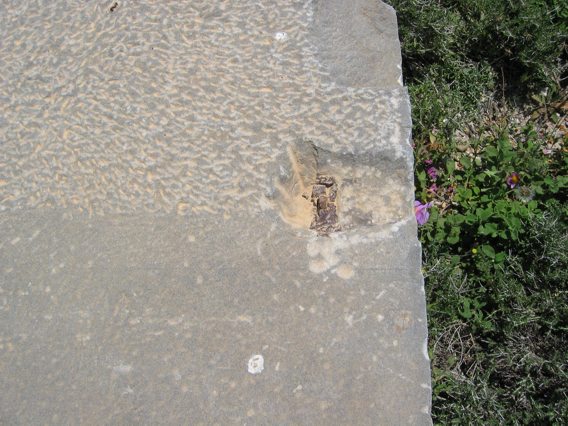
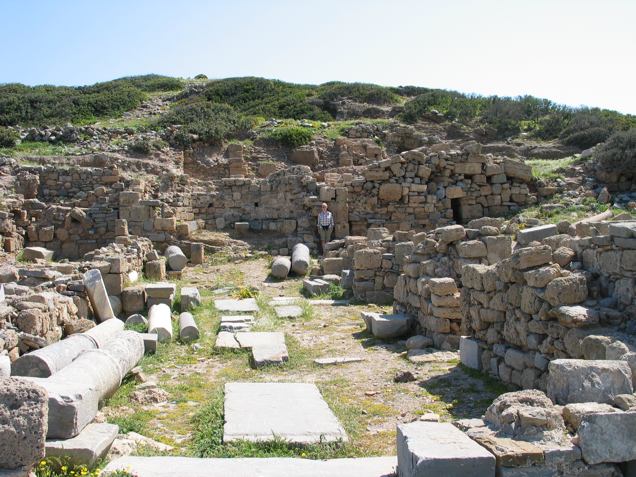
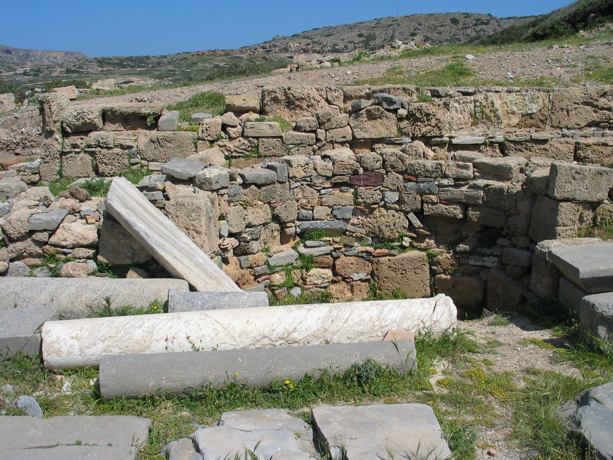
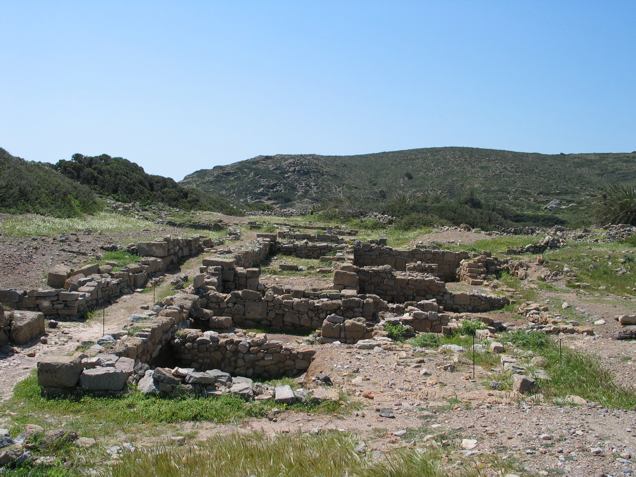
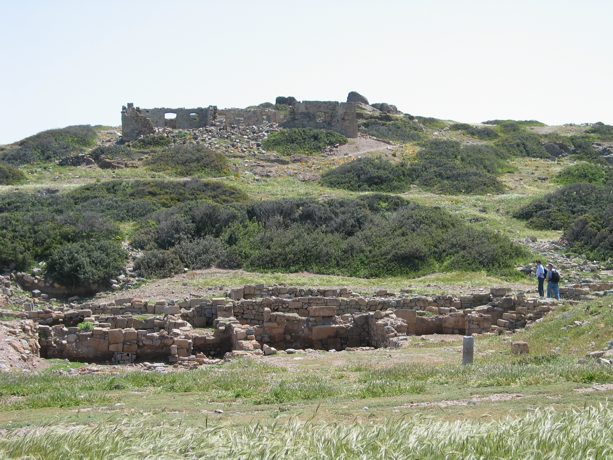
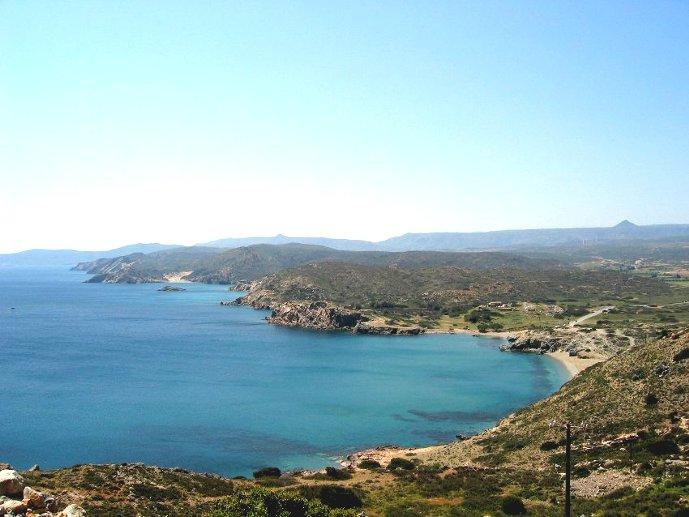
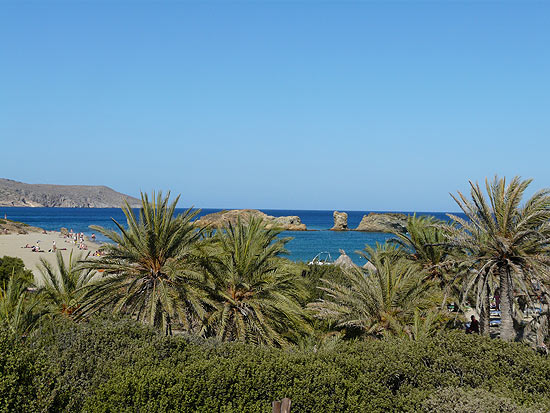
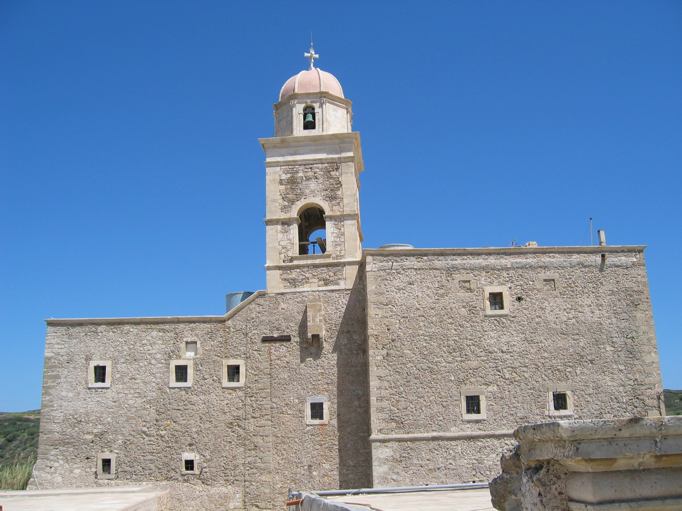
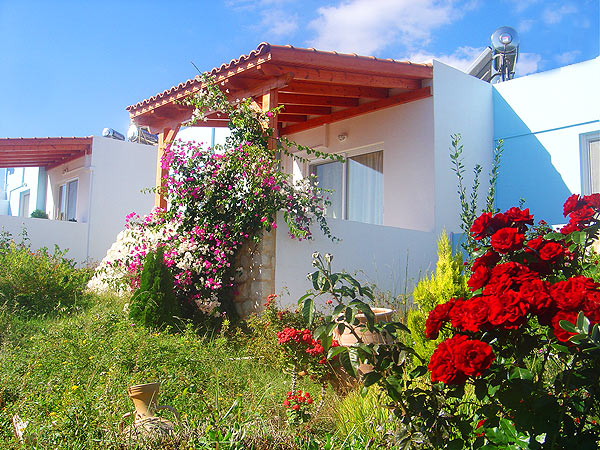
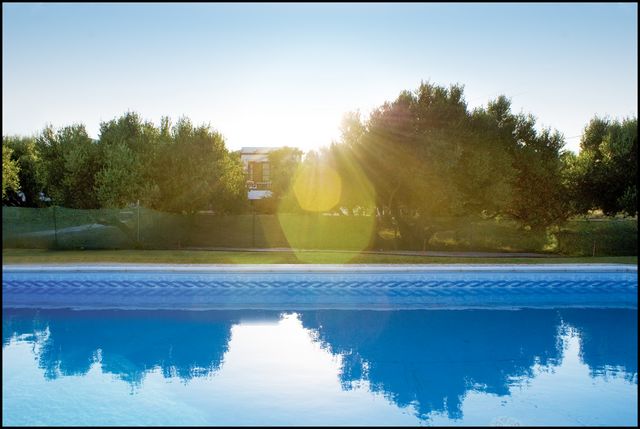
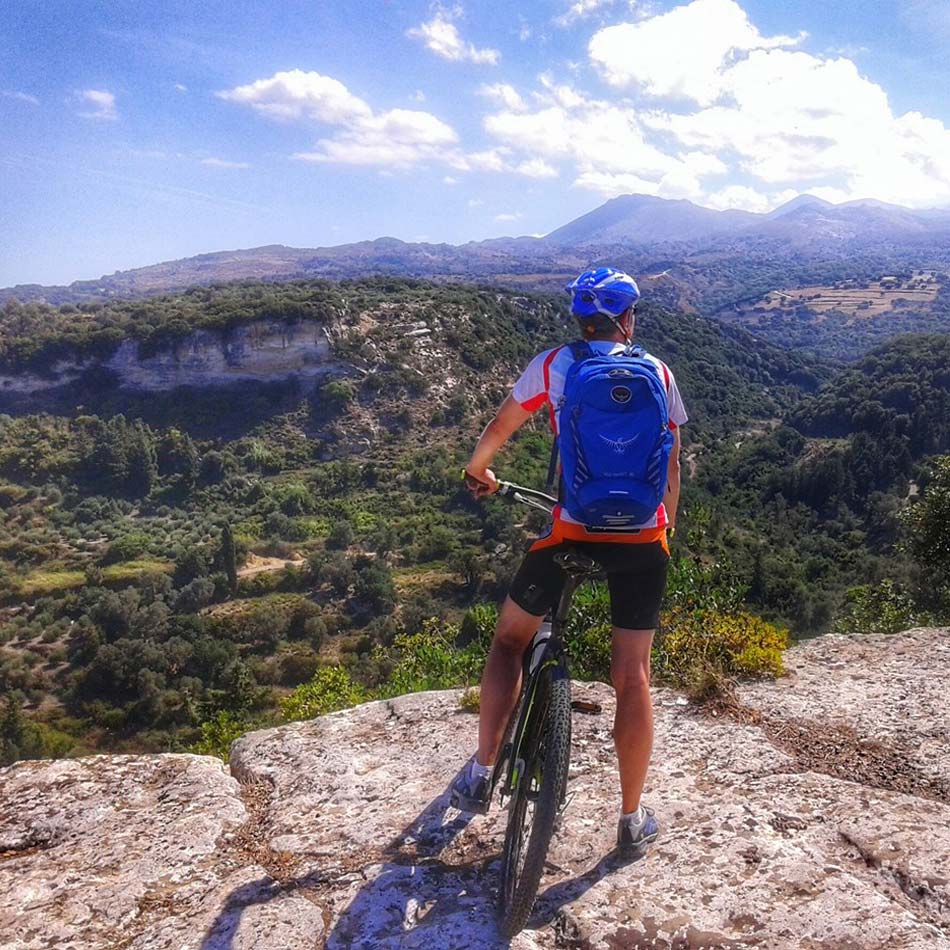
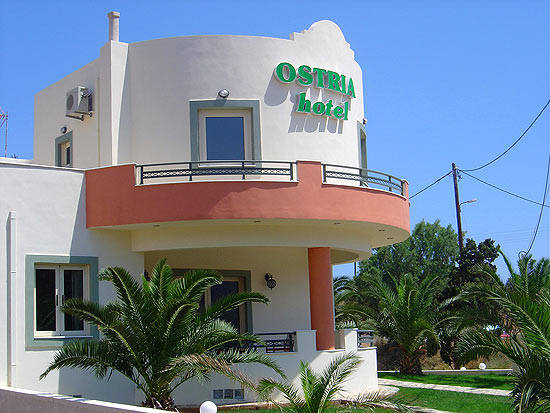
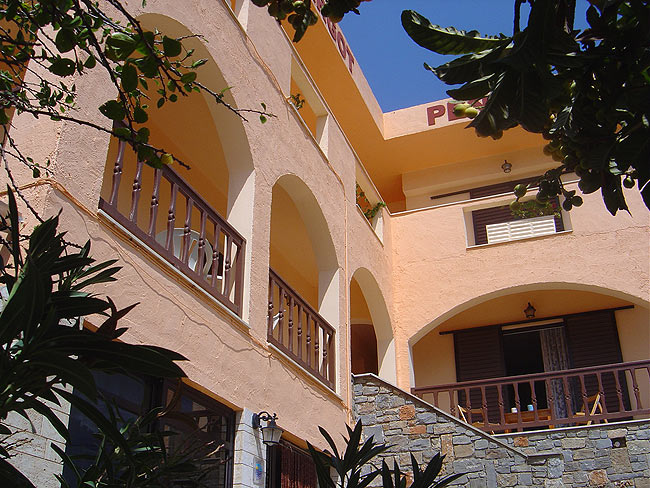
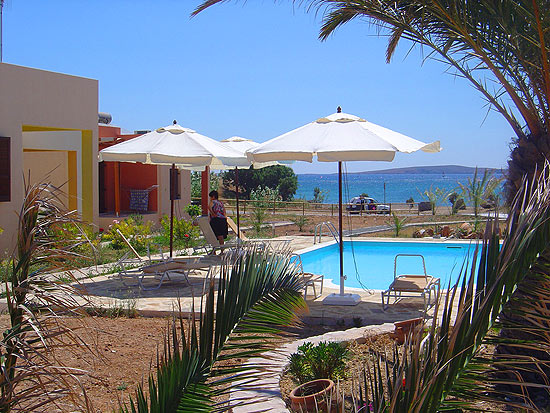
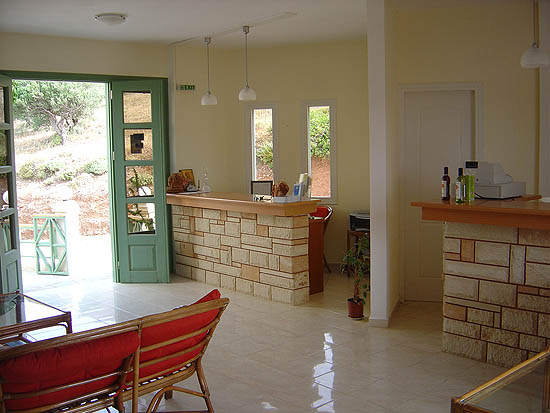
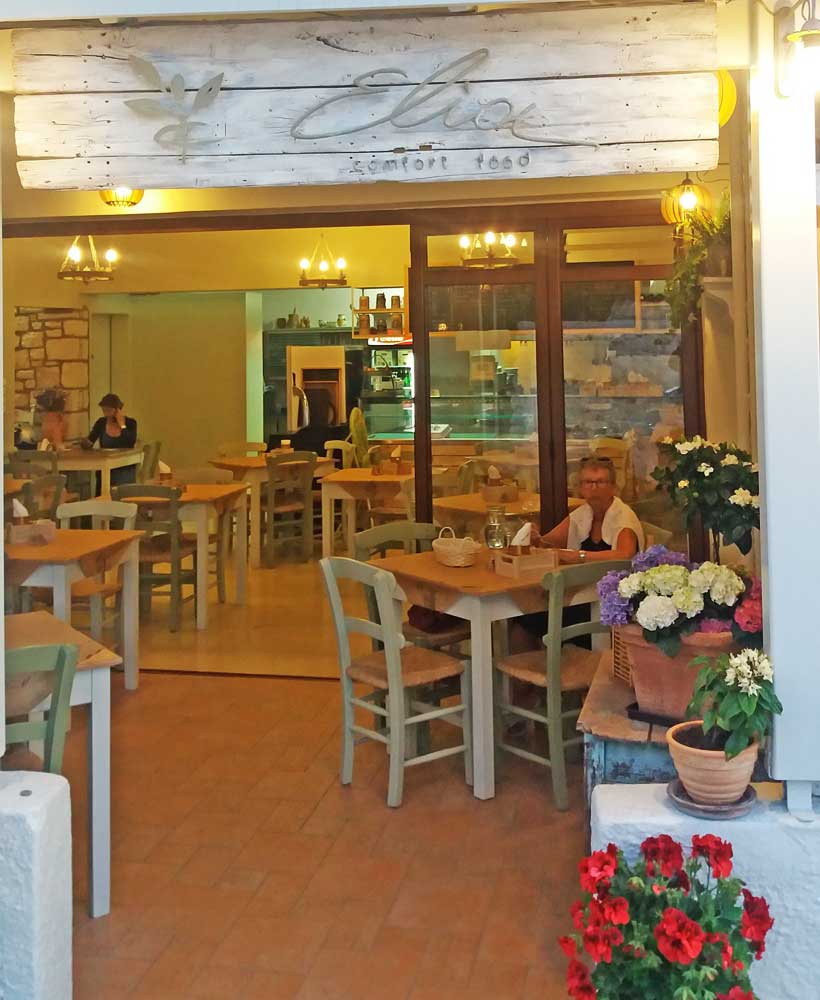
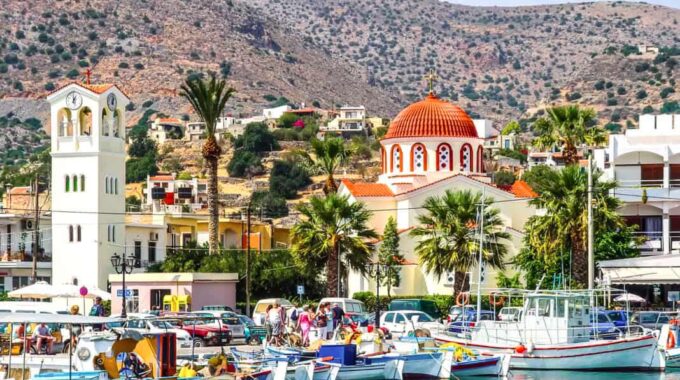
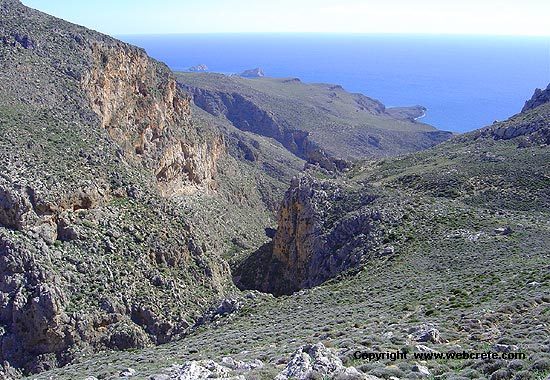
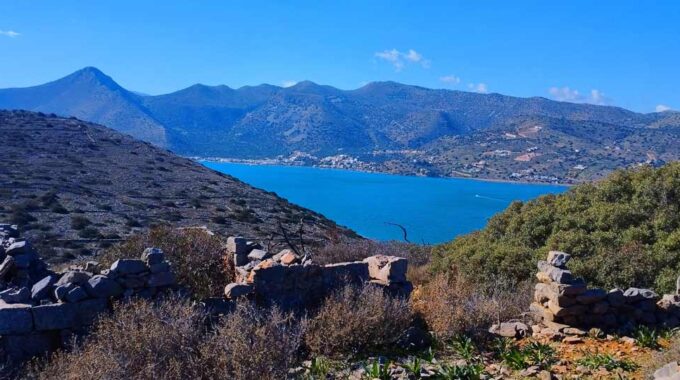
This Post Has 0 Comments